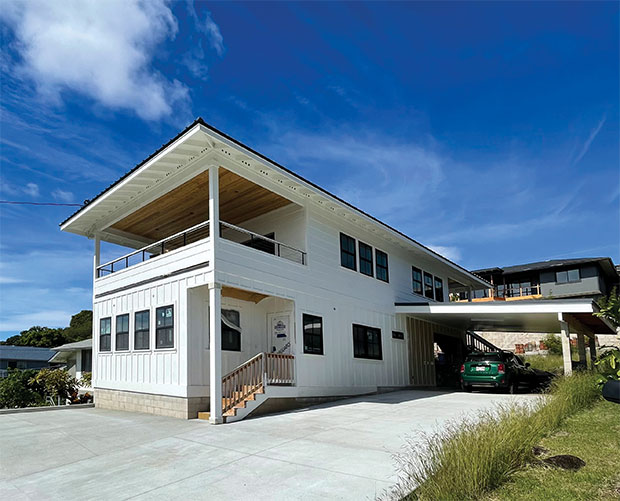Renovation Revolution – Embracing Innovation in Home Design
In the realm of contemporary home design, a Renovation Revolution is underway, marked by a resolute embrace of innovation that is reshaping the way we envision, construct, and inhabit our living spaces. This revolution is not merely a cosmetic makeover but a profound shift in the very essence of home design, propelled by a confluence of technological advancements, sustainability imperatives, and a growing appreciation for personalized, adaptable spaces. One of the key players in this transformation is the integration of smart home technologies. Homeowners are now empowered to control and optimize various aspects of their living environments with the touch of a button or a simple voice command, fostering a seamless synergy between technology and daily life. From thermostats that learn and adapt to individual preferences to lighting systems that adjust based on natural circadian rhythms, these innovations not only enhance convenience but also contribute to energy efficiency, thereby aligning with the global imperative of sustainable living.

Furthermore, the Renovation Revolution places a premium on sustainable materials and construction practices. As awareness of environmental impact grows, architects and designers are increasingly turning to eco-friendly alternatives, ranging from recycled building materials to energy-efficient appliances. The integration of green roofs, solar panels, and rainwater harvesting systems has become more prevalent, transforming homes into microcosms of sustainability. This shift is not only an aesthetic choice but a conscientious response to the urgent need for responsible resource management. Homeowners are now not just building homes but investing in a sustainable future, and this ethos is reshaping the narrative of home design. In tandem with sustainable practices, a renewed focus on adaptability and multifunctionality characterizes the Renovation Revolution. The traditional delineation of rooms is giving way to open, flexible spaces that can evolve to meet changing needs. Walls that can retract or slide, furniture with dual functionalities, and modular designs that allow for easy reconfiguration are becoming staples in forward-thinking home designs. This adaptability is particularly relevant in the wake of the changing dynamics of work and lifestyle preferences.
Moreover, aesthetics are experiencing a metamorphosis in this revolution. Designers are increasingly drawing inspiration from diverse cultural influences and merging traditional elements with contemporary flair. The result is a rich tapestry of design that reflects individuality and storytelling. The era of cookie-cutter homes is giving way to a celebration of uniqueness, with homeowners seeking spaces that resonate with their personalities and aspirations. In conclusion, the Renovation Revolution is not merely about upgrading the physical structure of homes; it is a holistic transformation that encompasses technology, sustainability, adaptability, and aesthetics. It represents a departure from convention, a bold step into a future where homes are intelligent, sustainable, adaptable, and deeply personal and visit site. As this revolution gains momentum, it propels us towards a new era of home design, one where innovation is not just a choice but an imperative for creating spaces that truly enrich the lives of those who inhabit them.